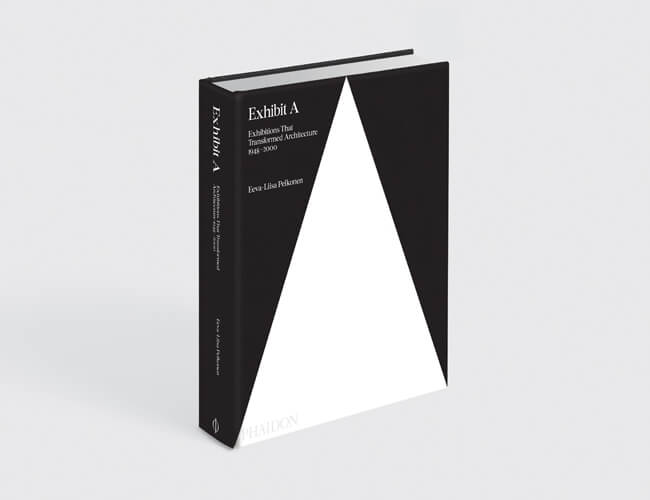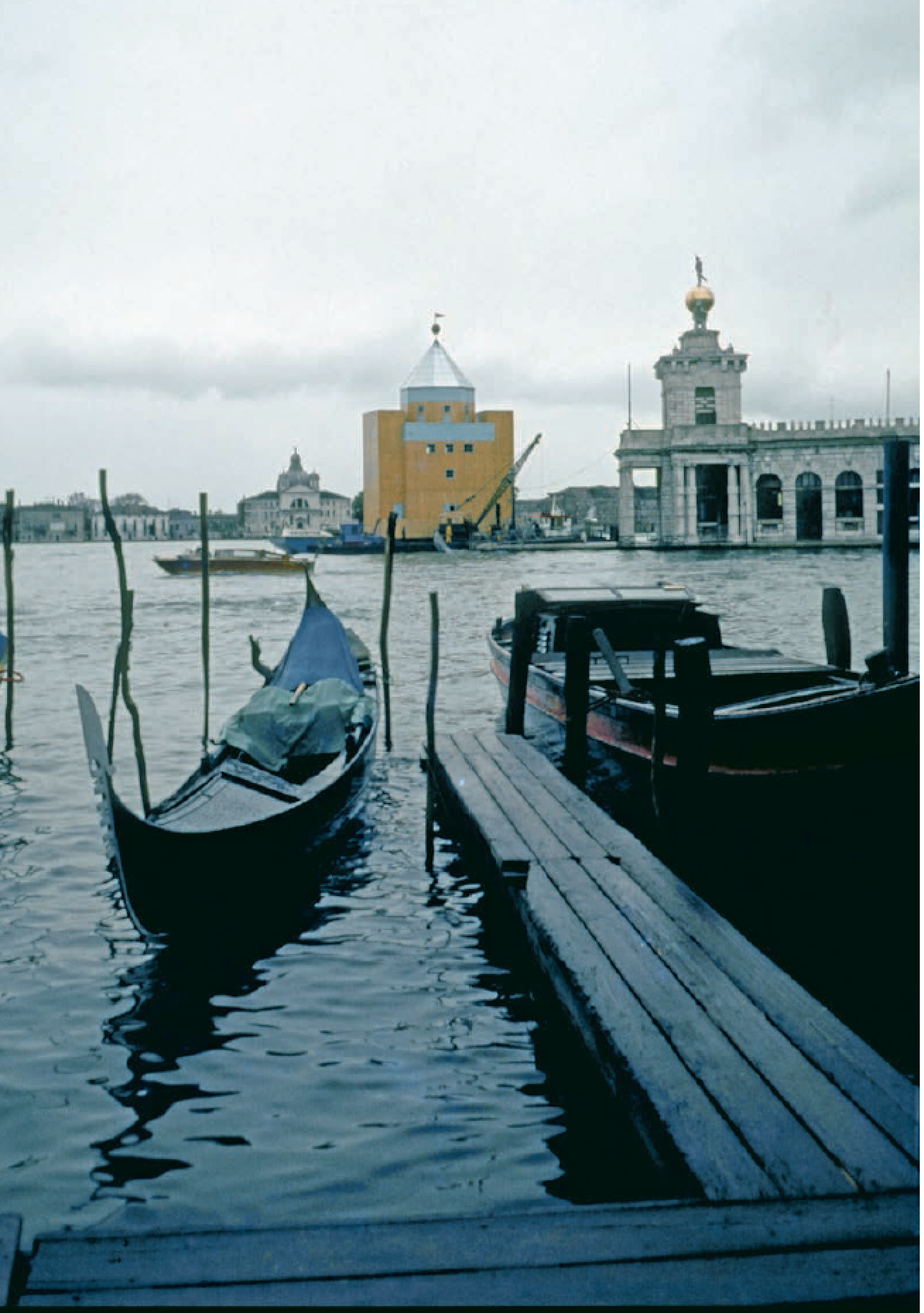
When the Venice Biennale went PoMo
New book Exhibit A looks at ground breaking architecture shows - including one that introduced post modernism
Nowadays we’re quite used to our cultural institutions being housed in former industrial settings. Tate Modern in London was once a former power station and Dia:Beacon in New York was a Nabisco box printing factory.
The Venice Architecture Biennale of 1980 - the debut biennale of architecture in the city - was remarkable for the fact that it was the first exhibition ever held in the city’s Corderie dell’Arsenale, a former rope factory, and popularized the idea of using old industrial structures as containers for culture that would eventually catch on across the world.
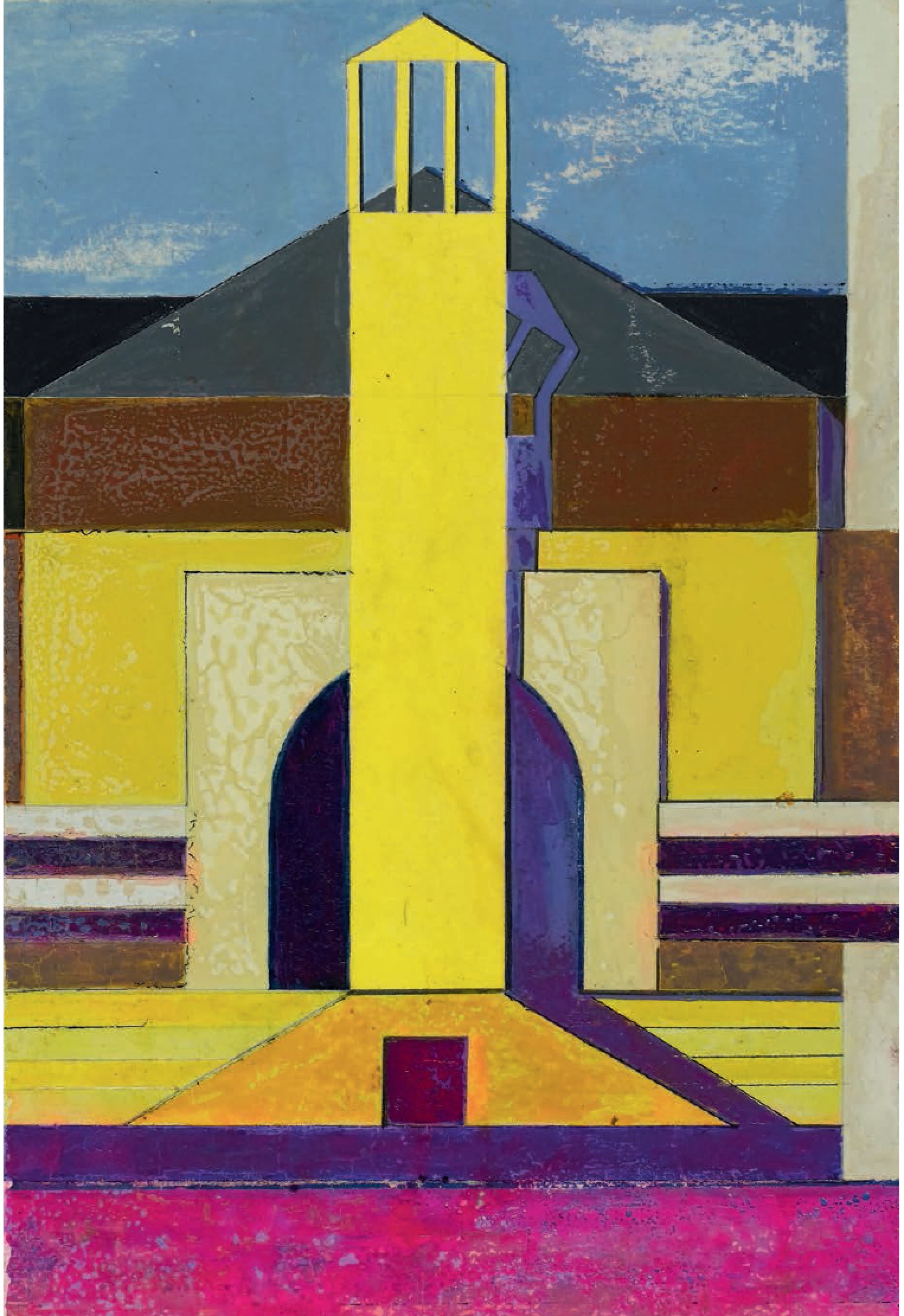
It wasn’t the only first in Venice that year. The installation also paved the way for the current format of both the art and architecture Biennales, divided between the Arsenale and the Giardini, with a series of external additional spaces in empty palaces, churches, and industrial or proto-industrial spaces distributed across the city.
Continuing the ‘firsts’ the show also epitomized the birth of the network of star architects that was to grow in the coming decades.
But most importantly of all, as our new survey book Exhibit A Exhibitions That Transformed Architecture 1948-2000 points out, it was the first time most people had interacted with what came to be known as Post Modern architecture. Here’s Lea Catherine Szacka writing in the book:
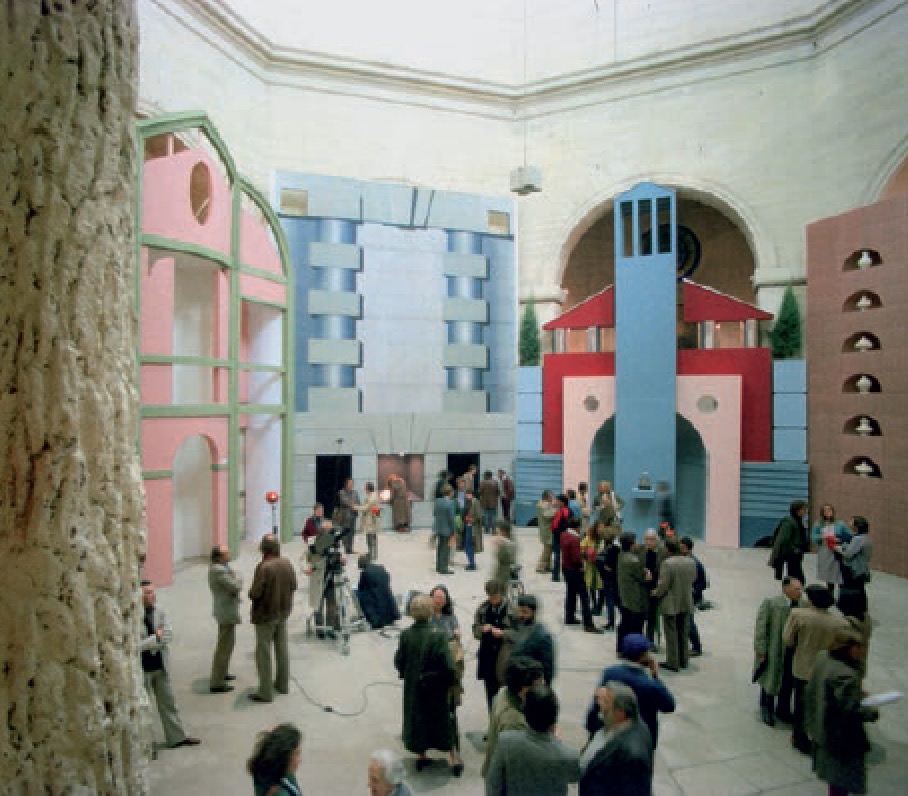
“The goal of the 1980 exhibition was to present a new emerging trend in architecture, liberated from the orthodoxy of the Modernist movement. It pledged a return of architecture to the womb of history.”
"It also became an occasion for diverse groups of international figures and tendencies to get together, and for toning down the split between European and American architecture cultures. Yet the exhibition is now best remembered for the compelling effect produced by the Strada Novissima - a collage of the different tendencies emerging under the umbrella of postmodernism at a crucial juncture in the history of architecture of the recent past.
Yet despite the apparent cacophony of the ensemble, some basic tendencies stood out. The first group consisted of architects who made purely historicist propositions: Allan Greenberg with his classical white Serliana, Thomas Gordon Smith with a colourful Baroque entrance flanked by torsade columns, Paolo Portoghesi with a variation on Borromini’s San Carlino church and the concave-convex facade of the Oratorio dei Filippini, and finally Ricardo Bofill with a facade inspired by Espaces d’Abraxas, his monumental complex of affordable housing built on the outskirts of Paris.
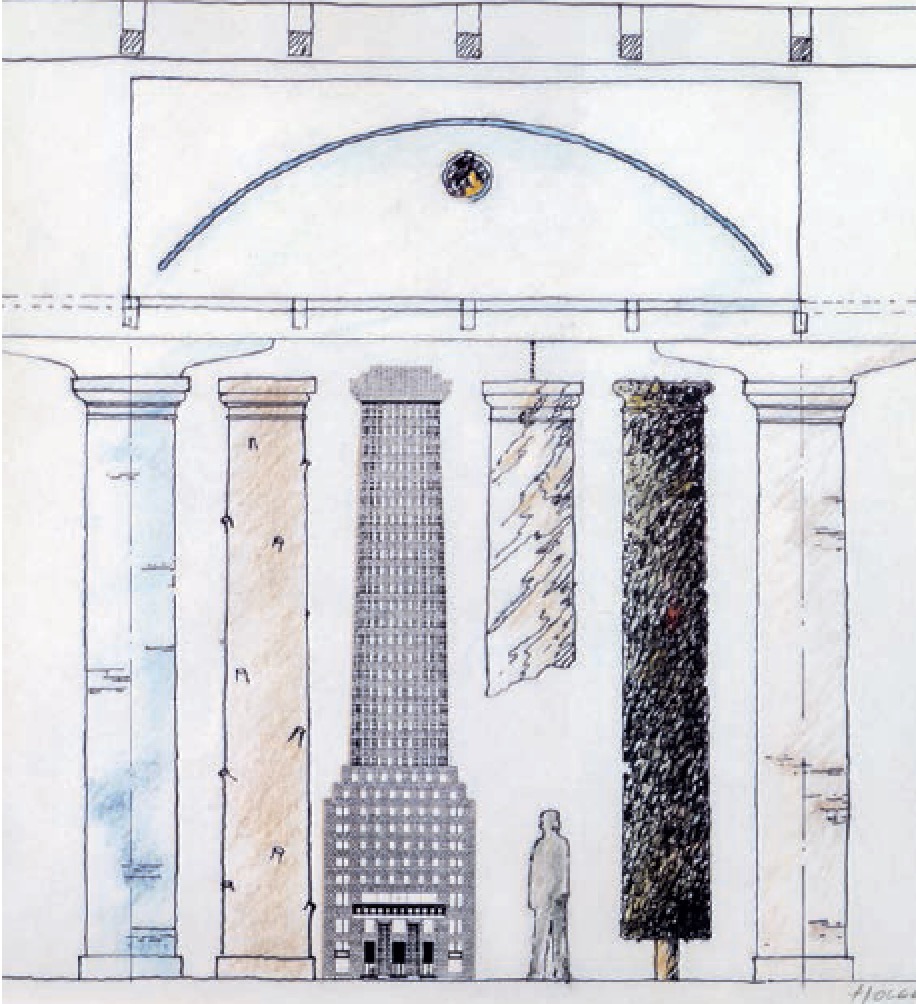
"The second group conveyed a timeless and more abstract vision of history that seemed to encompass all languages from Greek antiquity to classicism and Baroque, as shown in the work by Josef Paul Kleihues and Massimo Scolari, the childish forms proposed by Franco Purini and Laura Thermes, and those characteristic of the work of Michael Graves.
"The third group, mainly composed of Americans, was interested in irony: that group included Stanley Tigerman, Venturi, Rauch, and Scott Brown, and Oswalt Mathias Ungers and the work of Studio G.R.A.U.
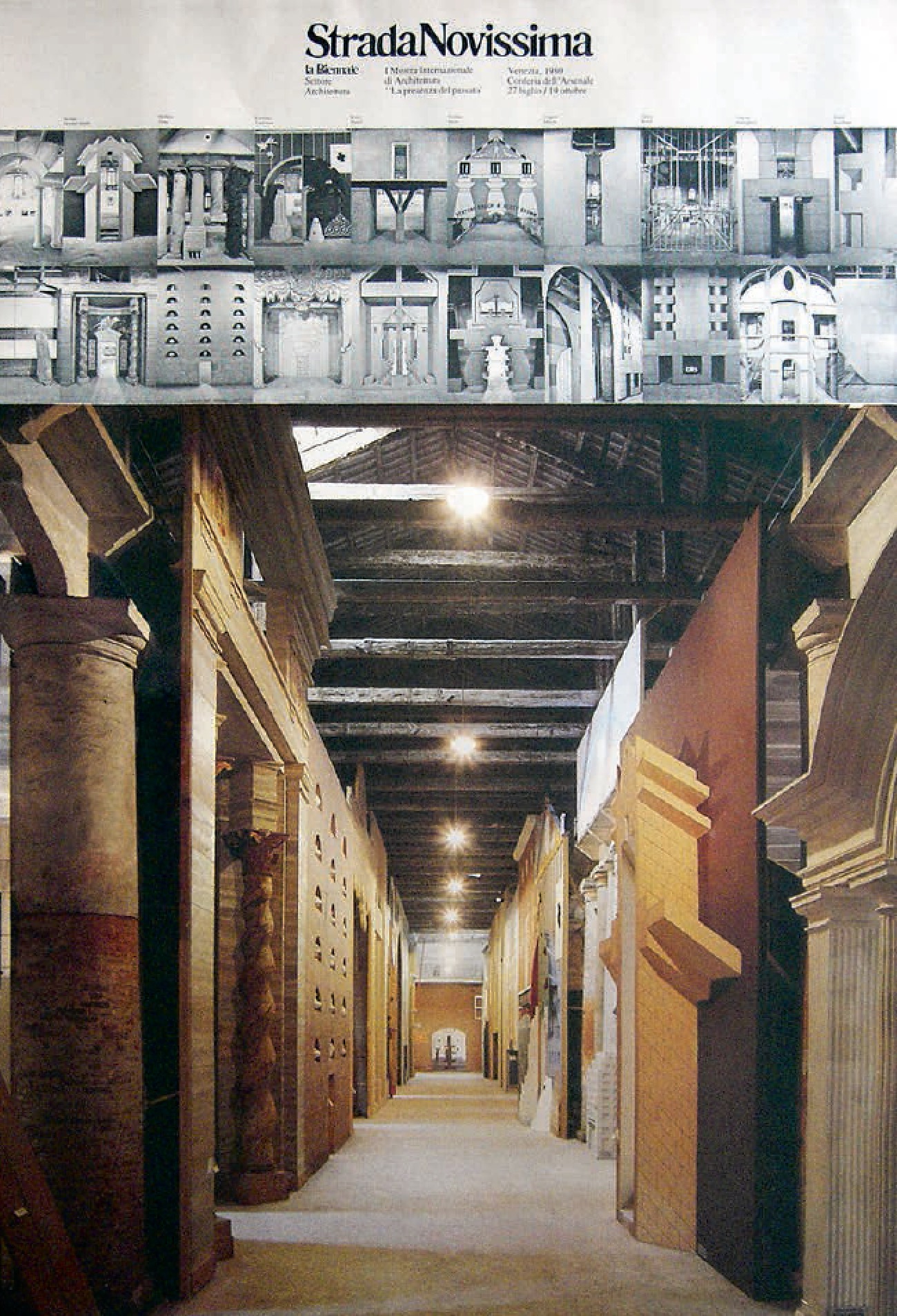
"Finally, a fourth and last group was more interested in the communicative aspect of architecture and aimed to relate their facade to the exhibition building: Rem Koolhaas, Frank Gehry, and Hans Hollein effectively represented that tendency."
After Venice, the exhibition traveled to Paris and San Francisco and Postmodernist architecture subsequently took its place alongside brutalism as one of the most misunderstood and often reviled forms of architecture. Who thinks it’s due a cultural rehabilitation?
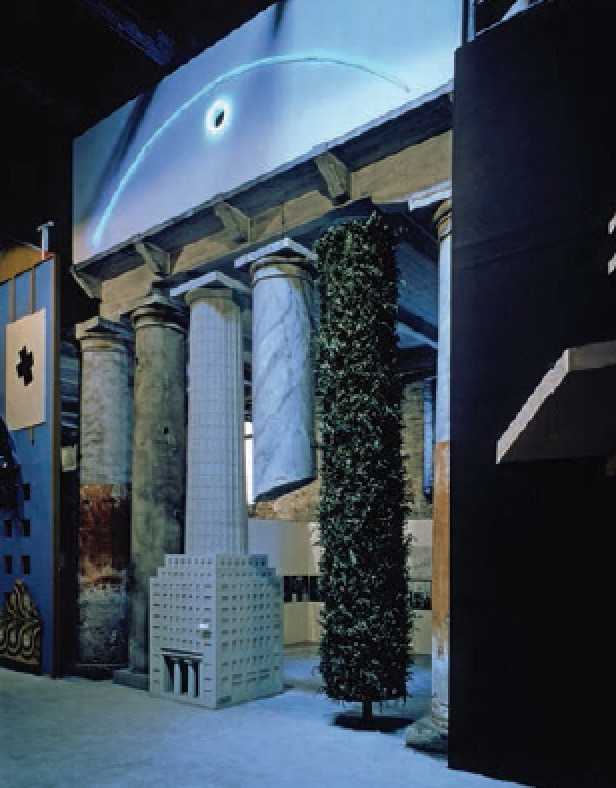
We do. But until then, buy Exhibit A Exhibitions That Transformed Architecture 1948-2000 which covers hundreds of architecture exhibitions ranging from large-scale building fairs and festivals to small heraldry shows. And for more on the curators of this year's superb and genuinely moving Venice Architecture Biennale get Grafton Archtects which takes a close look at the work of Shelley McNamara and Yvonne Farrell.
